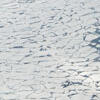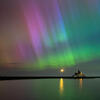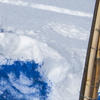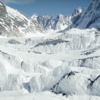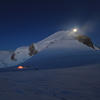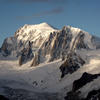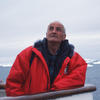You are here
A Glacier under Surveillance
10.29.2015, by
Melting Antarctic glaciers could raise sea levels by nearly a meter before the end of the century. The Astrolabe Glacier in East Antarctica has been under constant monitoring over the past four years via a network of GPS receivers measuring its flow rate towards the ocean.
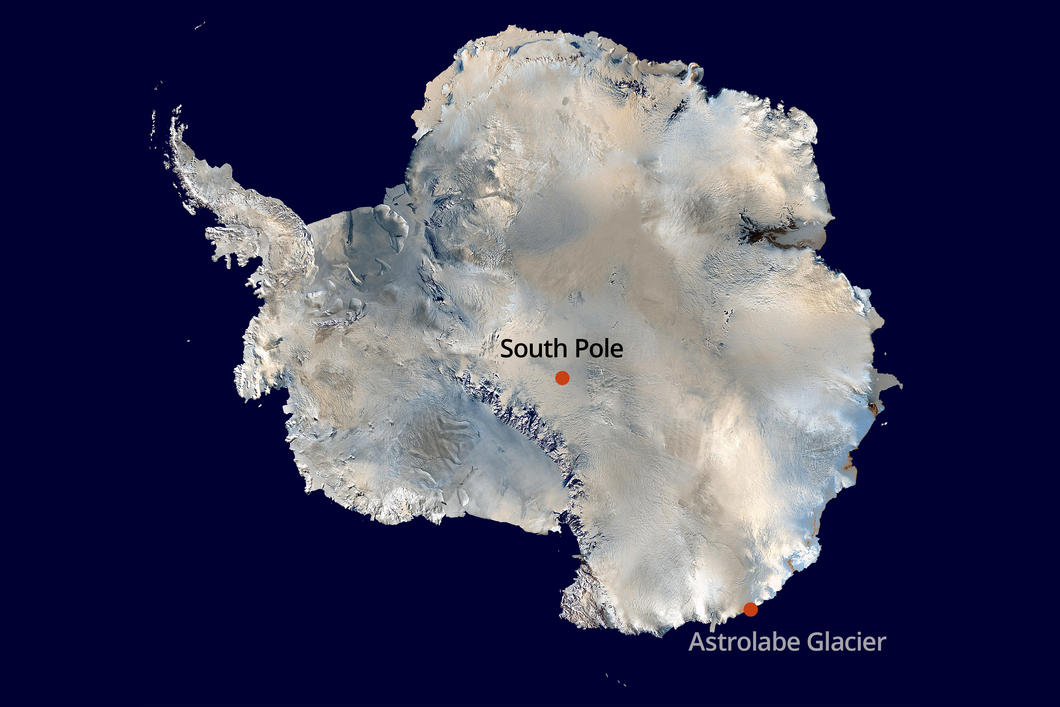
1
Slideshow mode
Nine GPS beacons have been installed on the Astrolabe Glacier. Evenly spread over 10 km², they have to withstand the harsh Antarctic winter and its high winds.
NASA

2
Slideshow mode
The motion of the glacier has been continuously recorded for the last four years, with a view to deciphering the physical processes underlying this movement.
CNRS Photothèque / IPEV / LGGE / Thibaut VERGOZ

3
Slideshow mode
In some places, the Astrolabe Glacier, together with its network of receivers, moves at speeds of up to 600 meters per year. The changing GPS position of each beacon over time makes it possible to determine the flow rate.
CNRS Photothèque / IPEV / LGGE / Thibaut VERGOZ

4
Slideshow mode
Every austral summer, glaciologists travel the length and breadth of the Astrolabe, repositioning and repairing the network of beacons.
CNRS Photothèque / IPEV / LGGE / Thibaut VERGOZ

5
Slideshow mode
The scientists are usually dropped off and picked up by helicopter, which gives them better access to the glacier and enables them to carry more equipment.
CNRS Photothèque / IPEV / LGGE / Thibaut VERGOZ

6
Slideshow mode
As it flows towards the ocean, the Astrolabe adapts to the underlying relief, which strongly deforms the ice and forms huge crevasses.
CNRS Photothèque / IPEV / Bruno JOURDAIN

7
Slideshow mode
These crevasses, whose depth can exceed 40 meters, makes it difficult for the researchers to access the GPS receivers.
IPEV / Emmanuel LE MEUR

8
Slideshow mode
Holes are drilled into the ice to reinstall the masts that support the structure of each GPS station (representing in total 300 to 400 kilograms of equipment).
CNRS Photothèque / IPEV / LGGE / Thibaut VERGOZ

9
Slideshow mode
The masts will have to withstand the next austral winter. Here, a researcher is securing the solar panels that ensure the energy self-sufficiency of the GPS stations.
CNRS Photothèque / IPEV / LGGE / Thibaut VERGOZ

10
Slideshow mode
The data recorded and stored by each receiver is recovered annually using a field computer. The GPS receiver is also reset for data acquisition during the upcoming year.
CNRS Photothèque / IPEV / LGGE / Thibaut VERGOZ

11
Slideshow mode
It will nonetheless take another decade to establish a general trend. The researchers are hoping to determine in particular whether the glacier flow is speeding up.
CNRS Photothèque / IPEV / LGGE / Thibaut VERGOZ

12
Slideshow mode
An acceleration of the flow would increase the amount of ice discharged into the sea. Since the other glaciers in the region are presumably following the same pattern, this process could contribute to sea level rise.
IPEV


